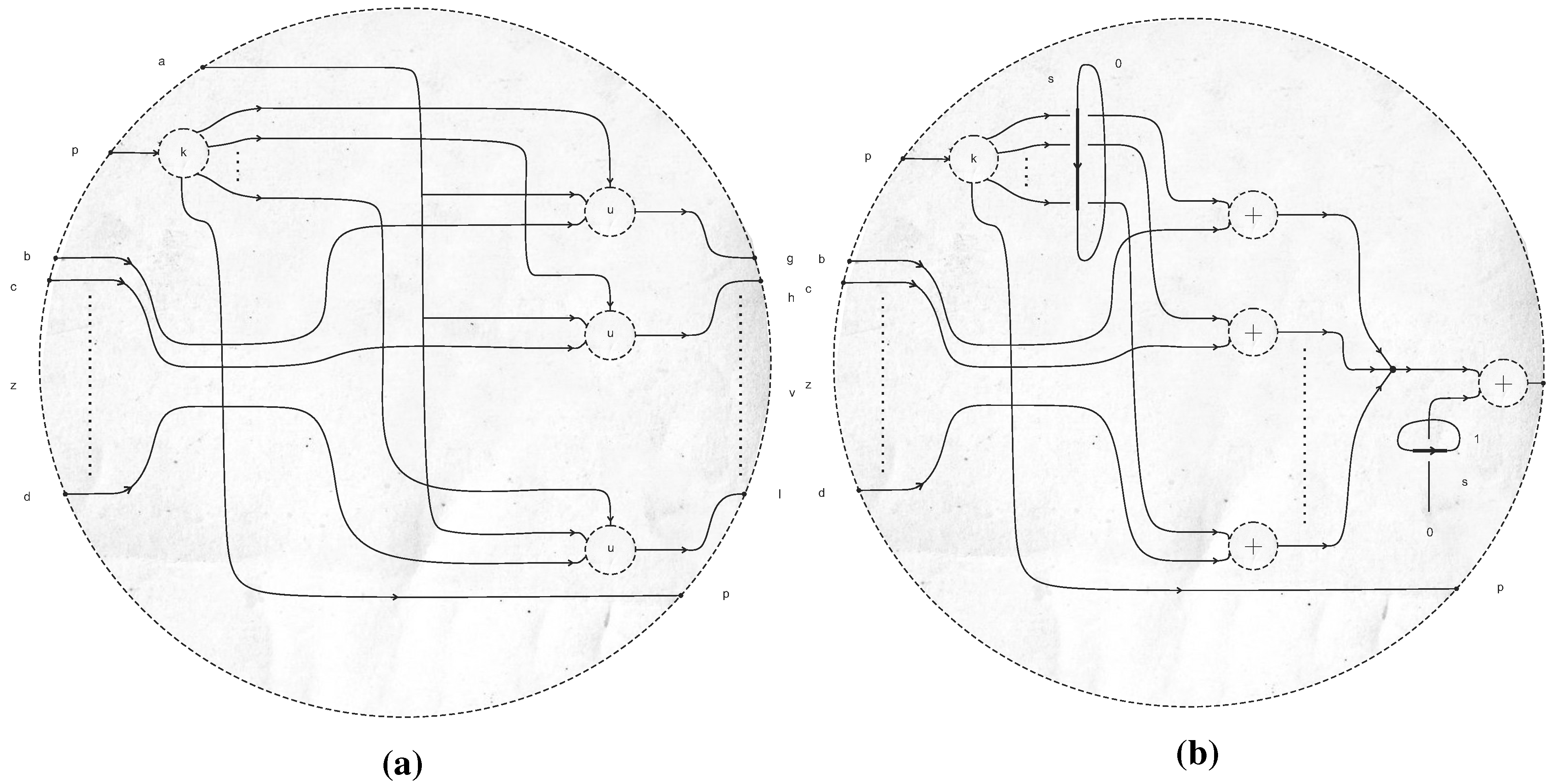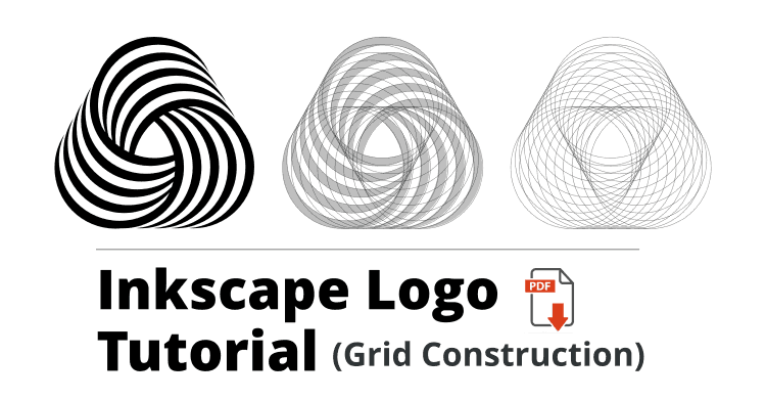

That is why we have created a rectangle that is bigger than the artboard.Įditing a Live Mirror Drawing template Step 7 This must be taken into consideration and try not to cross the axis of symmetry, unless you plan it, of course.Īlso you can’t draw beyond the boundaries of the rectangle created in the first step, as this will ruin the symmetry of the entire system. The path exists on both sides of the axis of symmetry.

When crossing the axis of symmetry, the connection of the created path with its mirror copy is absent. Unfortunately, this method has two drawbacks which of course I have to warn you about. At the same time you can draw on both sides of the axis of symmetry. Now select any of the drawing tools, for example the Paint Brush Tool (B), and create a path.Īs you can see, we’ve got immediate symmetry relative to the horizontal axis. Turn off the visibility of the created object (in my case it’s an arrow) in the Layers panel. Your template is complete, so you can start drawing. For visual control over the situation, check the Preview option and press OK. Now go to Effect > Distort & Transform > Transform… and in the dialog box, specify the axis of symmetry and the number of copies equal to 1. Select the entire layer in the Layers panel. I created an arrow to indicate the direction of the path. Step 3Ĭreate a random object on the artboard. We basically have them set up for our own convenience. It is not necessary to create the guides since they just show the position of the axes of symmetry. The guides must pass through the center of the created rectangle. Turn on the Rulers (Command / Ctrl + R) and create horizontal and vertical guides by dragging them from the corresponding rulers. Stroke colors of the rectangle do not matter at all, but you’ll need to set the fill to 0 in order to see a preview of the mirrored image. Take the Rectangle Tool (M) and create a rectangle of the size larger than the size of artboard. Artboard sizes and color mode of the new document depends only on your preferences.

Open Adobe Illustrator and create a new document (File > New). Tutorial DetailsĪs always, this is the final image that we’ll be creating:Ĭreate a template for Live Mirror Drawing Step 1
#INKSCAPE SYMMETRY HOW TO#
You will learn how to do it from reading today’s article. We can, however, implement Live Mirror Drawing in Illustrator by using only its basic features. Unfortunately, Adobe Illustrator does not have this feature although it is a very powerful and multi-feature application. You’re in for quite a surprise if you expect rectangular coordinates when the polar coordinates box is checked.Some of the graphic and 3D editors have a Live Mirror Drawing feature, which allows you to draw simultaneously on both sides of one or more axes of symmetry. The Function Plotter supports rectangular and polar coordinates. Then I discovered you have to select a rectangle to contain the plot before creating a plot the plotting tools do not create their own rectangles. The first time I tried using these extensions nothing happened. The following dialog shows the settings used to produce the graph above. One is “Function Plotter” and the other is “Parametric Curves.” Both are found under Extensions -> Render. Inkscape provides a couple extensions to include function plots in a drawing. In a drawing program, it’s obvious how to manipulate a plot as an image.

The things I want to do are often possible but require arcane options that I have trouble remembering. But I’ve found it difficult to change the aesthetics of a plot in every mathematical package I’ve used. Mathematical packages make it easy to produce a basic plot with default options. For example, you might want to include a sine wave in a drawing.Īnother reason is that you may want to have more control (or at least easier control) over your plot. Why would you want to plot a mathematical function using a drawing package like Inkscape rather than a mathematical package like Mathematica or R? One reason is that you may want plot for its visual properties.


 0 kommentar(er)
0 kommentar(er)
